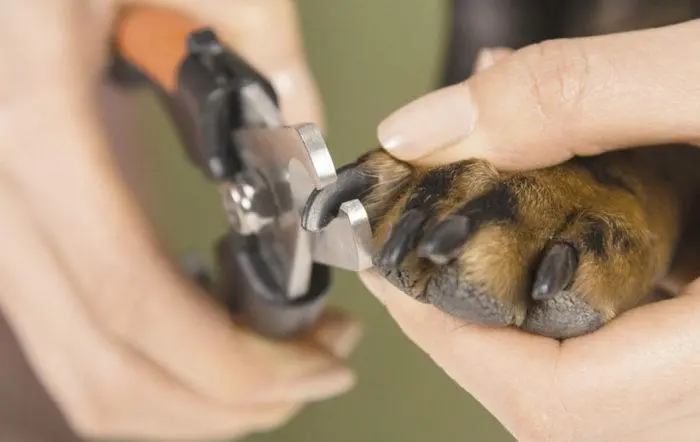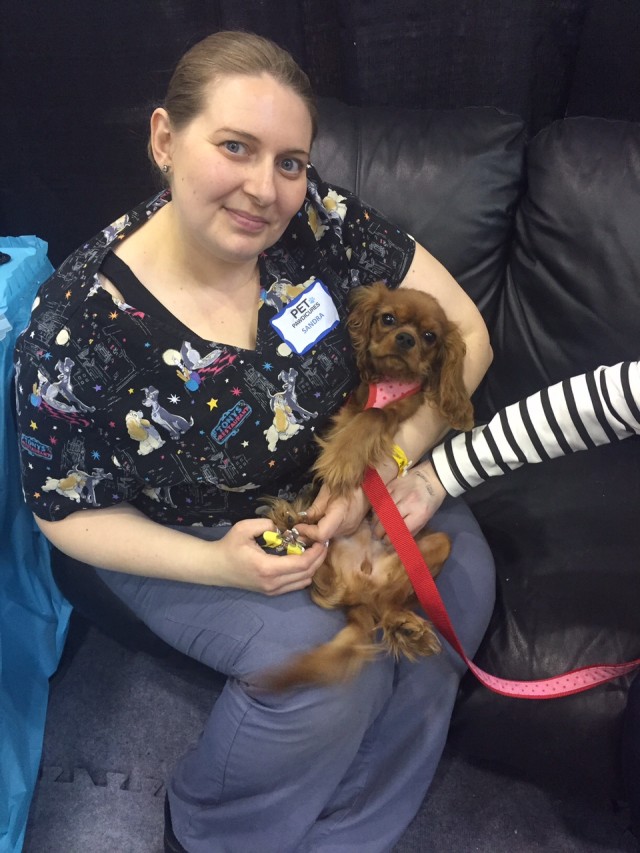Dog nail trimming might not be the most exciting part of pet care, but it’s crucial for your furry friend’s health and comfort. Overgrown nails can cause pain, affect mobility, and even lead to injuries. Whether you’re a seasoned pet owner or new to the process, this guide will help you master the art of dog nail trimming.
Thank you for reading this post, don't forget to subscribe!
Why Nail Trimming is Important
Regular nail trimming is essential for your dog’s overall well-being. Here’s why keeping those nails short is so important:
1. Prevents Pain and Injury
Long nails can cause discomfort and pain as they press into your dog’s paw pads. This can lead to joint problems and alter their gait, causing more stress on their legs and back.
2. Improves Mobility
When nails are too long, they can make walking difficult and awkward. Keeping them trimmed ensures your dog can move comfortably and naturally.
3. Avoids Scratching and Damage
Overgrown nails can scratch floors, furniture, and even you! Keeping them short prevents accidental damage around the house.
How to Trim Your Dog’s Nails Safely
Dog nail trimming might seem daunting, but with the right tools and techniques, it can be a simple process. Here’s a step-by-step guide:
1. Gather Your Supplies
- Dog Nail Clippers: Choose between guillotine-style or scissor-style clippers.
- File or Grinder: For smoothing out any rough edges after clipping.
- Styptic Powder: To stop bleeding in case you cut too close to the quick.
2. Get Your Dog Comfortable
Before you start, make sure your dog is relaxed. You can do this by gently handling their paws and offering treats to create a positive association.
3. Positioning
Place your dog on a non-slippery surface, like a carpet or mat. Hold their paw gently but firmly.
4. Locate the Quick
The quick is the sensitive part of the nail that contains blood vessels. In light-colored nails, you can see the pink quick. For dark nails, trim small amounts at a time to avoid hitting the quick.
5. Trim the Nails
Clip just the tip of the nail, avoiding the quick. For black nails, trim a little at a time and look for a small dark spot in the center of the cut surface, which indicates you’re getting close to the quick.
6. Smooth Edges
Use a nail file or grinder to smooth any rough edges and prevent snagging.
7. Reward Your Dog
After each nail or paw, offer treats and praise to make the experience enjoyable for your dog.
Personal Anecdote: A Tricky Trim with Bella
When I first started trimming my Golden Retriever Bella’s nails, I was a bit nervous. I had heard about the dangers of cutting too close to the quick and wanted to avoid any mistakes. One day, I reached out to my friend Laura, who had been trimming her dog’s nails for years. Laura told me, “When I first started, Bella wasn’t too keen on the process. I found that keeping the sessions short and sweet really helped. I’d do one paw at a time and always give her lots of treats and praise.” Following Laura’s advice, I began to break the process into smaller, more manageable sessions. Bella eventually became more comfortable with the routine, and the experience became a lot less stressful for both of us.

Common Mistakes to Avoid
1. Cutting Too Close
One of the most common mistakes is cutting too close to the quick, which can cause bleeding and pain. Always trim small amounts at a time, especially with dark nails.
2. Skipping Regular Trims
If you wait too long between trims, the nails can become too long and harder to manage. Aim to trim your dog’s nails every 3-4 weeks.
3. Using Human Nail Clippers
Human nail clippers are not designed for dogs’ nails and can cause cracking. Use clippers specifically designed for pets.
Handling Nail Trimming Anxiety
Many dogs are anxious about nail trimming. Here are some tips to help ease their fear:
1. Desensitize Gradually
Get your dog used to having their paws handled by gently touching and massaging their paws daily.
2. Use Positive Reinforcement
Reward your dog with treats and praise during and after the trimming process to create positive associations.
3. Seek Professional Help
If your dog is too anxious or aggressive, consider taking them to a professional groomer or veterinarian for assistance.
Alternatives to Traditional Trimming
If trimming seems too stressful for you or your dog, consider these alternatives:
1. Nail Grinding
Nail grinders are an alternative to clippers. They use a rotary tool to gradually grind down the nail, which can be less stressful for some dogs.
2. Veterinary Services
Veterinarians or professional groomers can handle nail trimming if you’re uncomfortable doing it yourself.
Conclusion
Dog nail trimming is a vital part of maintaining your dog’s health and comfort. With the right tools, techniques, and a bit of patience, you can make the process much easier and less stressful. Remember, regular trims will help prevent discomfort and ensure your dog remains happy and healthy. Keep practicing, and soon enough, nail trimming will become a routine part of your pet care regimen. Happy trimming!
